This article was co-authored by wikiHow Staff. Our trained team of editors and researchers validate articles for accuracy and comprehensiveness. wikiHow's Content Management Team carefully monitors the work from our editorial staff to ensure that each article is backed by trusted research and meets our high quality standards.
There are 9 references cited in this article, which can be found at the bottom of the page.
This article has been viewed 10,683 times.
Learn more...
Omeprazole is just one of many proton-pump inhibitors (PPIs) that’s commonly used to treat heartburn, acid reflux, GERD, and stomach ulcers. You can buy low-strength versions over-the-counter or your doctor may prescribe a stronger formula depending on your symptoms. It’s important to talk to your doctor to determine if omeprazole is right for you and your condition. There are some side effects to taking the drug, but they’re easy to manage with some simple lifestyle changes.
Steps
Seeing Your Doctor
-
1Let them know of any other prescriptions you take. Taking omeprazole with other medications (prescription and over-the-counter) can affect how well the drug works and increase your risk for uncomfortable side effects. Read the information leaflet that came with omeprazole to see a full list of drug interactions. Here are the most common ones:[1]
- Antifungals (like ketoconazole, itraconazole, posaconazole, and voriconazole)
- Blood thinners (like clopidogrel and warfarin)
- Cilostazol (used to treat peripheral artery disease)
- Digoxin (used to treat heart problems)
- HIV medicines
- Methotrexate (used to treat psoriasis and rheumatoid arthritis)
- Phenytoin (used to treat epileptic seizures)
- Rifampicin (antibiotic)
- St. John's Wort (herbal supplement used to treat depression)
-
2Discuss any present or past medical issues. Certain conditions like diarrhea and hypomagnesemia (low magnesium) can increase the risk of side effects from taking omeprazole, so be sure to mention if you currently have or have had those problems in the past. Omeprazole may not be right for you if you have ever had:[2]
- Osteoporosis
- Seizures
- Systemic Lupus Erythematosus (SLE)
- Liver disease
Advertisement -
3Talk to your doctor if you plan to become pregnant soon. While PPIs are deemed safe for pregnant and breastfeeding women, there's a chance taking them 1-4 weeks before conceiving can increase the risk of birth defects. If you're trying to get pregnant, work with your doctor about how to treat acid reflux naturally.[3]
- For instance, eating apples, sipping ginger tea, eating smaller meals, and sleeping with your torso propped up are all simple changes to manage acid reflux.
-
4Ask your doctor about proper dosing if you’re giving omeprazole to a child. Your pediatrician will determine the right dosage based on your child’s age and weight, so let your little one know they’ll be getting a basic check up. Discuss your child's medical history as well as any other medications and supplements they take.[4]
- Typically, children under 17 years of age should take 5 to 20 mg per day.
- Children younger than 1 month old shouldn't take omeprazole.
Taking Omeprazole Safely
-
1Follow your doctor's dosing instructions. Be sure to ask your doctor how many mg you should take each day. If they've prescribed you omeprazole, look on the side of the bottle or read the information booklet that came with the prescription to see how much your doctor recommends. If you're still not sure, refer to the following daily dosage guide:[5]
- Indigestion: 10-20 mg
- Heartburn, acid reflux, or stomach ulcers: 20-40 mg
- Zollinger-Ellison syndrome (tumors of the pancreas or small intestine): 20-120 mg
-
2Plan to take your dosage every morning 1 hour before eating. Follow your doctor's instructions about how many capsules to take in a single dose—each capsule typically has 10, 20, or 40 mg of omeprazole. If you're taking an over-the-counter formula, read the instructions on the back to see how many pills you should take—it's usually 1 or 2 per day.[6]
- Over-the-counter omeprazole pills typically contain 10 mg each.
- In some cases, it's okay to take it after you've eaten. However, oral suspension omeprazole (in powder form) must be taken on an empty stomach.
- Tablets or pills can be taken with food if you have a sensitive stomach and tend to get nauseous when you take pills on an empty stomach.
- If you're taking omeprazole to treat an ulcer caused by an infection, take your dose along with any antibiotics you've been prescribed.
-
3Swallow the pills whole with 8 fl oz (240 mL) of water. Have some drinking water handy so you can pop the pill in your mouth and wash it down. Don't crush the pill or break it open.[7]
- However, if you can't swallow them whole for some reason, ask your doctor or pharmacists if you can break them up and mix them into applesauce or yogurt.
- If your capsules or pills have a special coating, ask your pharmacists about whether it's okay to break them up or not. In most cases, it's best to swallow those whole.
-
4Blend omeprazole powder into 2 US tbsp (30 mL) of water. If your doctor has prescribed powdered omeprazole, empty one of the small packets into a cup and add 2 US tbsp (30 mL) of water. Stir it around and drink it right away. Then, refill the cup with some water and drink it down to get any leftover powder.[8]
- Only use water for this—don't use juice or any other foods with the powder.
-
5Thicken delayed-release omeprazole powder in water before you drink it. Mix together the 2.5 mg packet of delayed-release omeprazole and 1.2 tablespoons (18 mL) of water. Stir it around and wait 2-3 minutes for the mixture to thicken up a little. Stir it after the waiting period and drink it within 30 minutes.[9]
- If your doctor has told you to take 10 mg packets, use 1 tablespoon (15 mL) of water instead.
- If there's any left after you drink it, refill the cup, stir it around, and drink it down.
-
6Take a missed dose as soon as you remember. If you miss a dose, take it as soon as you remember. If it's within 12 hours of your next dose, skip the missed dose. Don't double your dose to make up for it.[10]
- If you take 2 doses a day and you remember within 4 hours of your next dose, skip the missed dose.
- To help you remember, set an alarm on your phone or keep the medication right next to any other vitamins you take in the morning.
-
7Work with your doctor to gradually come off of long-term use. If you've been taking omeprazole for over 3 months, work with your doctor to lower the dosage in small increments. They may prescribe you lower dosage pills or tell you to cut them in half with a pill cutter.[11]
- Stopping suddenly after long-term use can make your stomach produce lots of acid, worsening your symptoms.
- Taking omeprazole for over 3 months can lower the amount of magnesium in your blood. If you feel dizzy, shaky, or notice an irregular heartbeat, tell your doctor.
Managing Side Effects
-
1Stay hydrated to help ease headaches. Try to drink 11 cups (2,600 mL) to 15 cups (3,500 mL) of water each day to stay hydrated so you don’t end up with a migraine due to dehydration. You can find your ideal daily amount (in ounces) by dividing your weight (in pounds) by 2.[12]
- For example, if you weigh 160 pounds (73 kg), aim to drink 80 fluid ounces (2,400 mL) of water every day.
-
2Take your dosage with a meal or light snack to stave off nausea. While it’s best to take omeprazole on an empty stomach, you can take it with a light meal if you notice you feel nauseous. Eat something small like an apple with nut butter or a small serving of yogurt.[13]
- However, if you’re taking oral suspension omeprazole (in powder form), it must be taken on an empty stomach. Talk to your doctor about switching to either a capsule or tablet if you get super nauseous after taking it.
-
3Eat smaller meals more frequently to treat stomach pain. Omeprazole can cause an upset stomach, making it harder for you to eat a full meal. Instead of eating 3 larger meals a day, break it up into 5 or 6 smaller meals. It may take some getting used to at first, but it’ll help keep your stomach happy.[14]
- You can also put a heating pad on your stomach to help soothe an upset stomach.
-
4Load up on fiber-rich foods to avoid constipation. Aim to eat around 25 grams of fiber if you’re a woman and 38 grams if you’re a man. Foods like carrots, beets, broccoli, lentils, avocado, bananas, pears, chia seeds, and bran flakes are all great sources of fiber. Try to eat at least 1 serving of a high-fiber food with each meal.[15]
- For instance, 1 cup (200 g) of cooked lentils contains 15 g of fiber, 1 cup (175 g) of steamed broccoli contains 5 g, and 1 medium pear contains 5.5 g.
- If you’re not getting enough fiber from your diet due to allergies or restrictions, talk to your doctor about taking fiber supplements.
- Going for a light walk after meals can also push food through your digestive tract and stimulate your bowels.
-
5Avoid foods that cause excess gas to control flatulence. Omeprazole can make some people very gassy, so stay away from foods like beans, lentils, pulses, onions, and cruciferous veggies (broccoli, cabbage, brussels). Limit how much lactose and starches you eat as well because foods like milk corn, potatoes, and pasta can be a trigger for some people.[16]
- If your gas is really bad, ask your doctor if you can take simethicone (anti-gas medicine) along with omeprazole.
-
6Call for medical care if you experience any severe side effects. While dangerous side effects are extremely rare, seek medical care if you notice you have a rash (like a sunburn) along with joint pain. Let the ambulance dispatcher know if you feel any telltale signs of an allergic reaction (anaphylaxis) like wheezing, trouble breathing, and swelling in your face, lips, mouth, tongue, or throat.[17]
- If you notice your urine is dark or if your skin is yellowing, this could be a sign that the medication is damaging your liver. Talk to your doctor about this as soon as you can and get a blood test to make sure your liver is healthy.
Warnings
- If you or your child has accidentally taken too much, call a poison control center right away. You may also need to seek emergency medical care.[20]⧼thumbs_response⧽
- If you develop a skin rash, have difficulty breathing, show signs of hay fever, or experience facial fainting or facial swelling, seek emergency medical care right away.[21]⧼thumbs_response⧽
References
- ↑ https://www.nhs.uk/medicines/omeprazole/
- ↑ https://www.mayoclinic.org/drugs-supplements/omeprazole-oral-route/side-effects/drg-20066836?p=1
- ↑ https://www.ncbi.nlm.nih.gov/pmc/articles/PMC3966174/
- ↑ https://www.mayoclinic.org/drugs-supplements/omeprazole-oral-route/proper-use/drg-20066836?p=1
- ↑ https://www.nhs.uk/medicines/omeprazole/
- ↑ https://www.nhs.uk/medicines/omeprazole/
- ↑ https://www.nhs.uk/medicines/omeprazole/
- ↑ https://www.mayoclinic.org/drugs-supplements/omeprazole-oral-route/proper-use/drg-20066836#:~:text=Take%20omeprazole%20capsules%20or%20delayed,1%20hour%20before%20a%20meal.
- ↑ https://www.mayoclinic.org/drugs-supplements/omeprazole-oral-route/proper-use/drg-20066836#:~:text=Take%20omeprazole%20capsules%20or%20delayed,1%20hour%20before%20a%20meal.
- ↑ https://www.nhs.uk/medicines/omeprazole/
- ↑ https://www.nhs.uk/medicines/omeprazole/
- ↑ https://pubmed.ncbi.nlm.nih.gov/24853165/
- ↑ https://www.mayoclinic.org/drugs-supplements/omeprazole-oral-route/side-effects/drg-20066836?p=1
- ↑ https://www.nhs.uk/medicines/omeprazole/
- ↑ https://www.sciencedirect.com/science/article/pii/S225172941500021X
- ↑ https://www.ncbi.nlm.nih.gov/books/NBK539786/
- ↑ https://www.nhs.uk/medicines/omeprazole/
- ↑ https://www.nps.org.au/medicine-finder/omeprazole-an-tablets#:~:text=Do%20not%20take%20Omeprazole%20AN%20if%20the%20expiry%20date%20(EXP,may%20not%20work%20as%20well.
- ↑ https://www.nhs.uk/medicines/omeprazole/
- ↑ https://www.nps.org.au/medicine-finder/omeprazole-an-tablets#:~:text=Do%20not%20take%20Omeprazole%20AN%20if%20the%20expiry%20date%20(EXP,may%20not%20work%20as%20well.
- ↑ https://www.nps.org.au/medicine-finder/omeprazole-an-tablets#:~:text=Do%20not%20take%20Omeprazole%20AN%20if%20the%20expiry%20date%20(EXP,may%20not%20work%20as%20well.
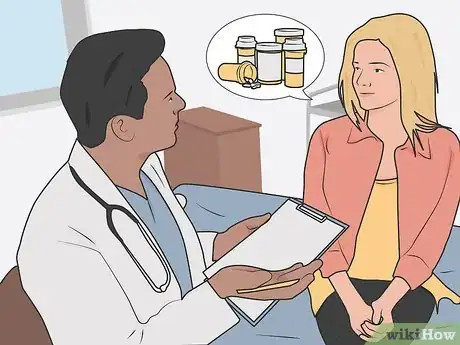


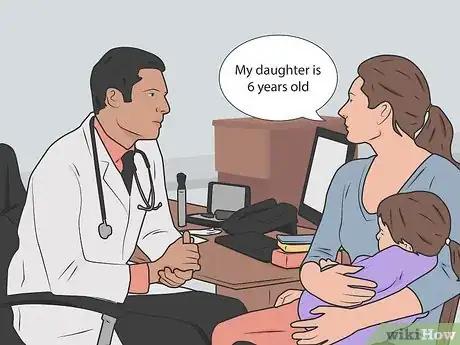

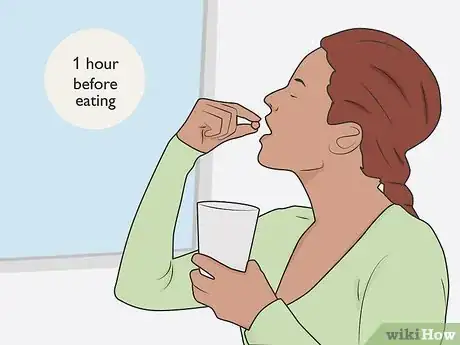

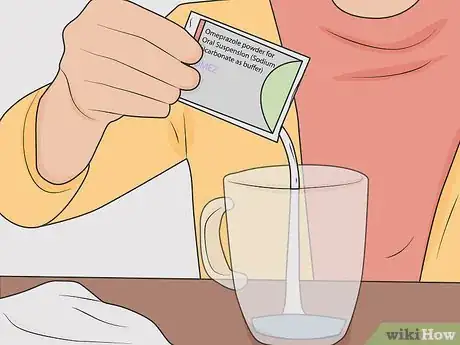
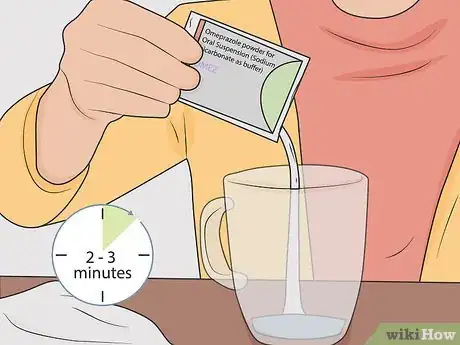
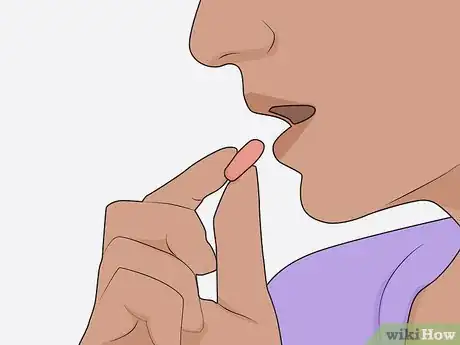
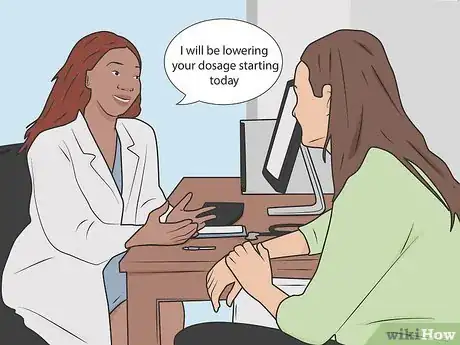




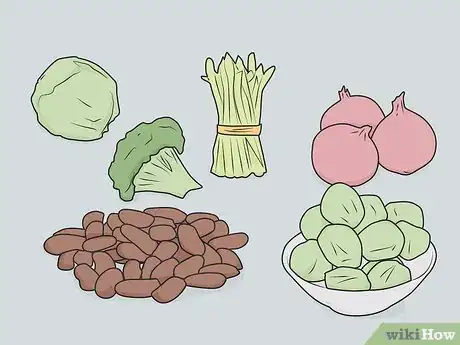




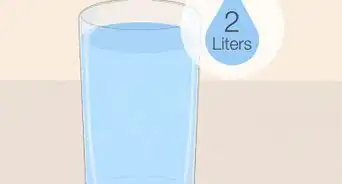



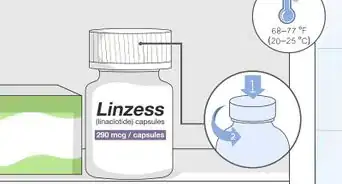














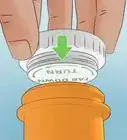




































Medical Disclaimer
The content of this article is not intended to be a substitute for professional medical advice, examination, diagnosis, or treatment. You should always contact your doctor or other qualified healthcare professional before starting, changing, or stopping any kind of health treatment.
Read More...